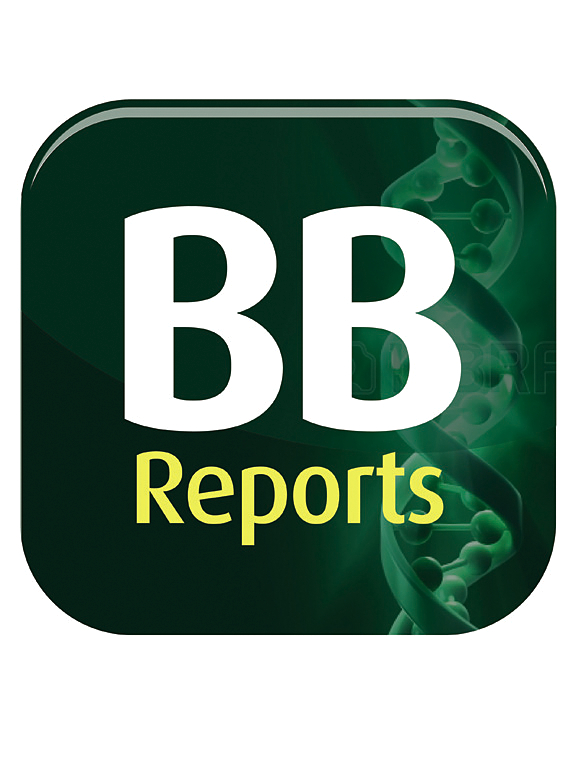Effect of a high-fat diet and iron overload on erythropoiesis in mice
IF 2.3
Q3 BIOCHEMISTRY & MOLECULAR BIOLOGY
引用次数: 0
Abstract
Background
Insulin and iron availability stimulate and regulate erythropoiesis, respectively. The effects of hyperinsulinemia and/or iron overload on erythroid differentiation are unclear.
Methodology
Male C57Bl/6J wild-type (WT) mice were fed a high-fat diet (HFD) (to produce hyperinsulinemia) or a control diet (CD) for varying periods (4–24 weeks). Hepcidin knock-out (Hamp1−/−) mice (which are iron-overloaded) were fed CD or HFD for 24 weeks. Terminal erythroid differentiation (TED) in the bone marrow (BM) from these mice was analyzed by flow cytometry. Hematological parameters were estimated in peripheral blood.
Results
HFD-feeding of WT mice did not significantly affect erythroid precursors in the BM or hematological parameters. However, these mice had a significantly higher reticulocyte population in the BM than those fed CD (at all time points studied). Values of hematological parameters were higher in Hamp1−/− mice than WT mice, at 24 weeks of feeding (irrespective of diet type), indicating increased erythropoiesis. Early erythroid precursors in the BM were higher in HFD-fed Hamp1−/− mice than those fed CD.
Conclusions
HFD-feeding in WT mice resulted in increases in the proportion of reticulocytes in the bone marrow; maturation of the early erythroid precursors was not significantly affected. In Hamp1−/− mice, HFD-feeding increased the number of early erythroid precursors.
求助全文
约1分钟内获得全文
求助全文
来源期刊

Biochemistry and Biophysics Reports
Biochemistry, Genetics and Molecular Biology-Biophysics
CiteScore
4.60
自引率
0.00%
发文量
191
审稿时长
59 days
期刊介绍:
Open access, online only, peer-reviewed international journal in the Life Sciences, established in 2014 Biochemistry and Biophysics Reports (BB Reports) publishes original research in all aspects of Biochemistry, Biophysics and related areas like Molecular and Cell Biology. BB Reports welcomes solid though more preliminary, descriptive and small scale results if they have the potential to stimulate and/or contribute to future research, leading to new insights or hypothesis. Primary criteria for acceptance is that the work is original, scientifically and technically sound and provides valuable knowledge to life sciences research. We strongly believe all results deserve to be published and documented for the advancement of science. BB Reports specifically appreciates receiving reports on: Negative results, Replication studies, Reanalysis of previous datasets.
 求助内容:
求助内容: 应助结果提醒方式:
应助结果提醒方式:


